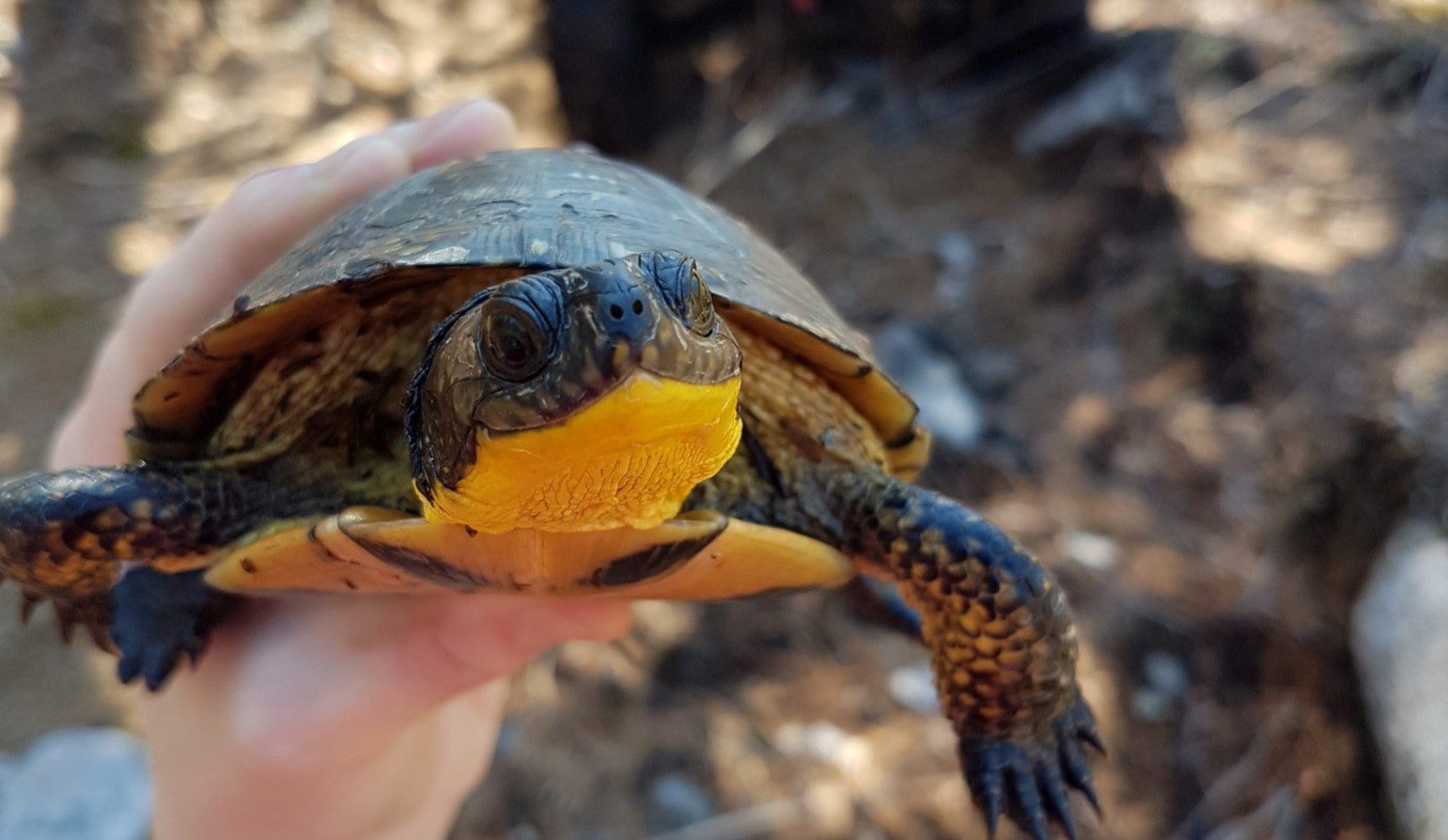This is a guest blog by Katie Krelove, Ontario campaigner at Wilderness Committee. Katie works to build relationships and advocate towards strong campaigns to advance the Wilderness Committee’s goals of people-powered wilderness preservation for the benefit of all in Ontario.
Ontario’s Endangered Species Act (ESA) is meant to protect and recover species-at-risk and their habitats, but does it work?


Today is World Turtle Day, an annual observance to help people celebrate and protect turtles and their disappearing habitats. It’s a good goal, considering turtles signal the health of ecosystems and that the majority of turtle species are on the decline, including the eight species that call Ontario home. It’s also an apt time of year, as turtles begin their seasonal movements from overwintering sites to mating areas to nest– often long and precarious journeys. As a result of increased urbanization, these travels often involve crossing numerous roadways. This makes turtles increasingly vulnerable to road mortality from vehicles.
Just as important as protecting turtles along travel corridors is safeguarding the critical habitats where they do their business. Without the open waters where they mate, bask in the sun and eat, the muddy areas where they hibernate and the sandy and rocky zones where they nest, traveling turtles are on the road to nowhere. This protection requires the hard work of identifying those critical habitat areas and can mean standing up to destructive development and resource extraction in these locales.


Case in point: a proposed rock quarry by Darien Aggregates Inc. on “crown” land in the Township of the North Shore above Lake Huron is being opposed by local residents and community members of Robinson-Huron First Nations due to potential impacts from road-building, blasting, extraction, and water-pumping on the pristine wetlands, waterways and forested Canadian Shield on site.
Protection is desperately needed
These land and water protectors are supported by scientific research from Laurentian University scientists who studied a population of Blanding’s turtles on the site, using radio-telemetry data to document the movements and habitat of these threatened turtles. The published report describes one of the densest populations of Blanding’s turtles in the province and finds that between 63 to 100 per cent of the proposed quarry site is critical habitat for the turtles, who are listed as threatened in Ontario and endangered in Canada. It seems like a no-brainer that the quarry proposal should be rejected under Ontario’s ESA, especially since the recovery plan for Blanding’s turtles requires the government “to maintain the presence of known Blanding’s turtle local populations where they occur”.
“the quarry proposal should be rejected if the spirit of the law is upheld given that at least 63% and at most 100% of the proposed quarry area is categorized as endangered species habitat.”


Unfortunately, a 2021 report from Ontario’s Auditor General found the province’s Ministry of Environment, Conservation and Parks (MECP) is “failing in its mandate to protect species at risk” and that “systems and processes for approvals facilitate and enable harm to species at risk and their habitats”.
The report specifically critiques the proliferation of permits and exemptions that can be applied for to allow destructive projects to harm species-at-risk and their habitats, permits that were found to always be approved by MECP. The Auditor General states that “MECP staff require guidance on when to say “no” to permits”.
Take action now
Help us give them that guidance. This is more than a local issue, it’s a tipping point.
If Darien Aggregates is issued a permit to destroy surveyed critical habitat for Blanding’s turtles in the North Shore, it will prove that Ontario’s Endangered Species Act is not working and that protections for declining species and biodiversity are meaningless.
If you want to help the Wilderness Committee protect turtles, use their tool to email decision-makers and tell them to say “no” to Darien Quarry.







